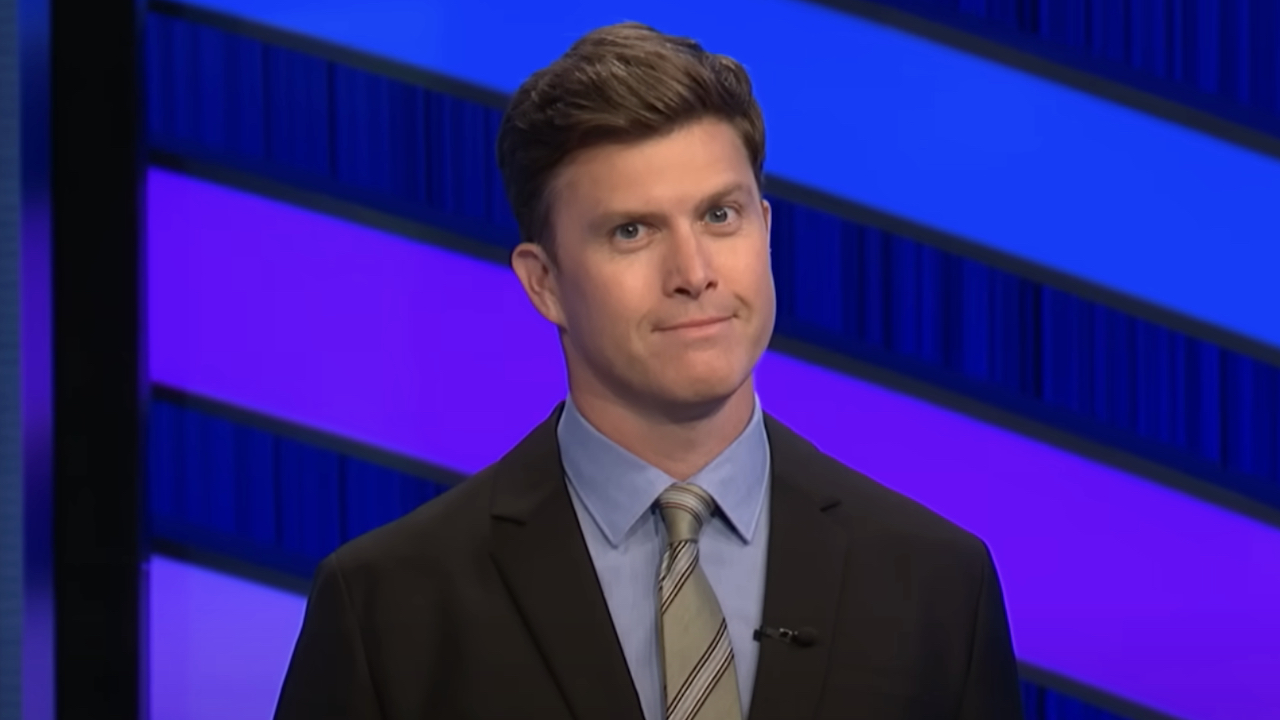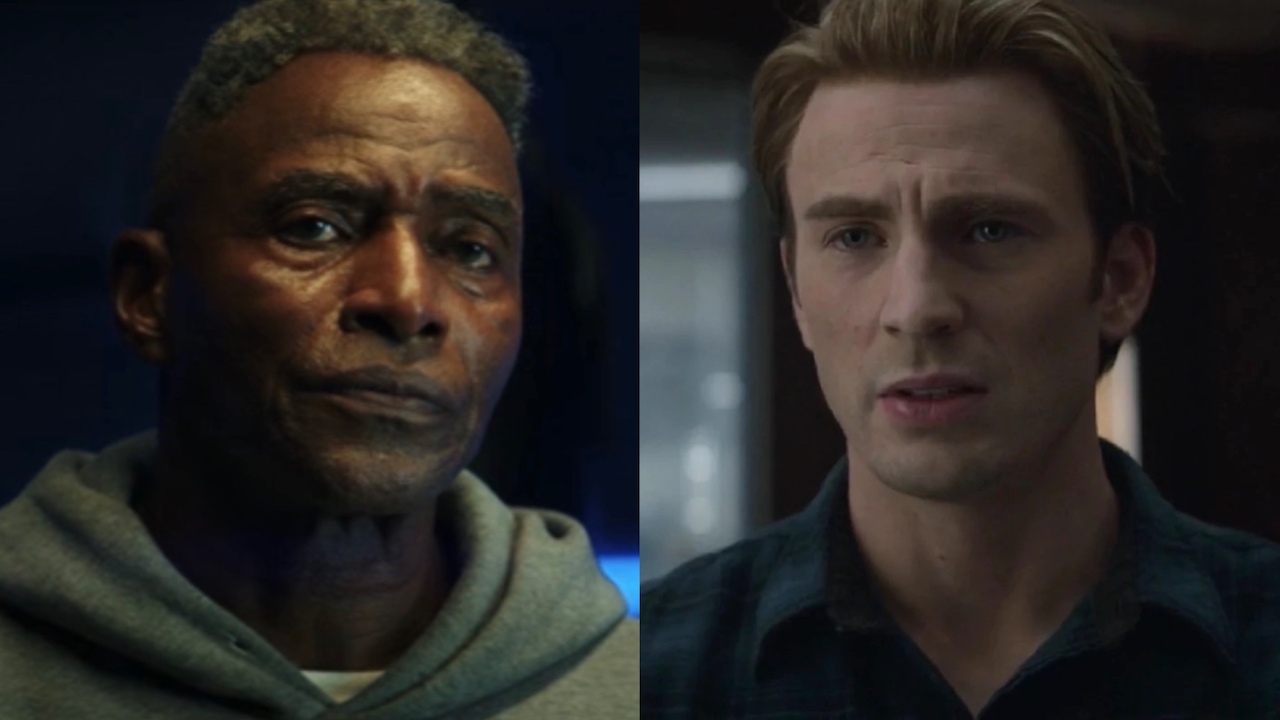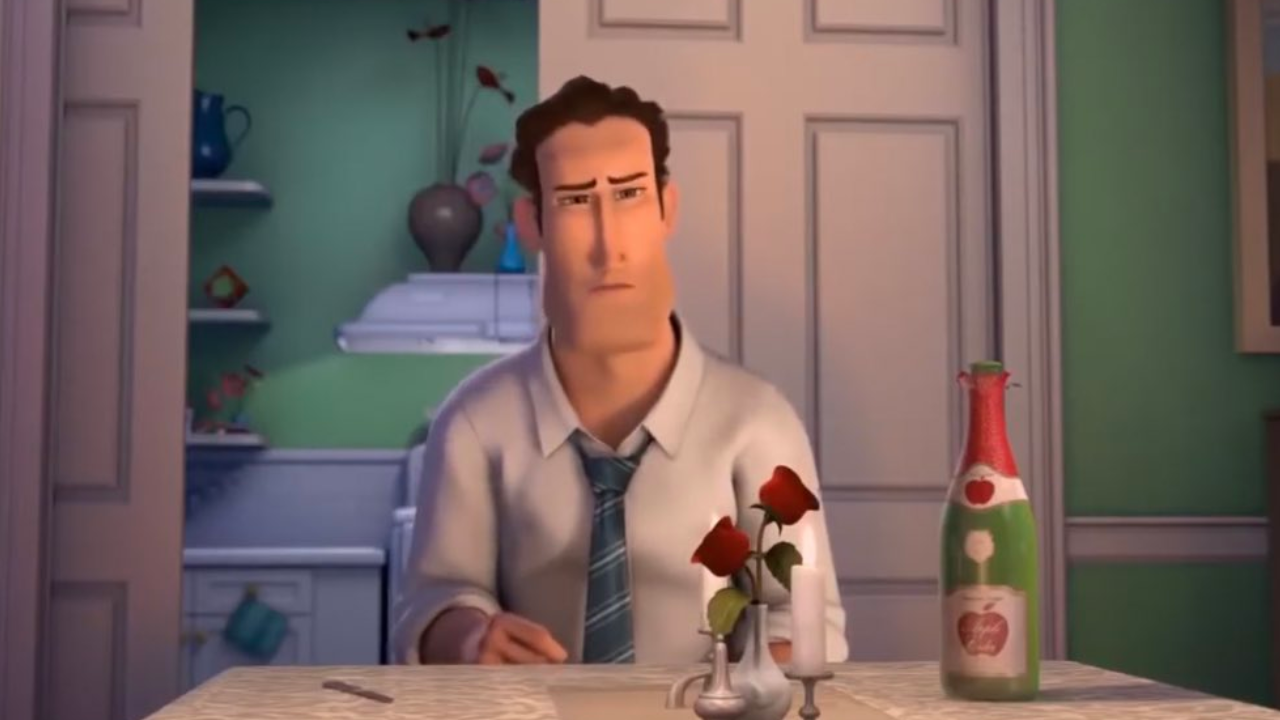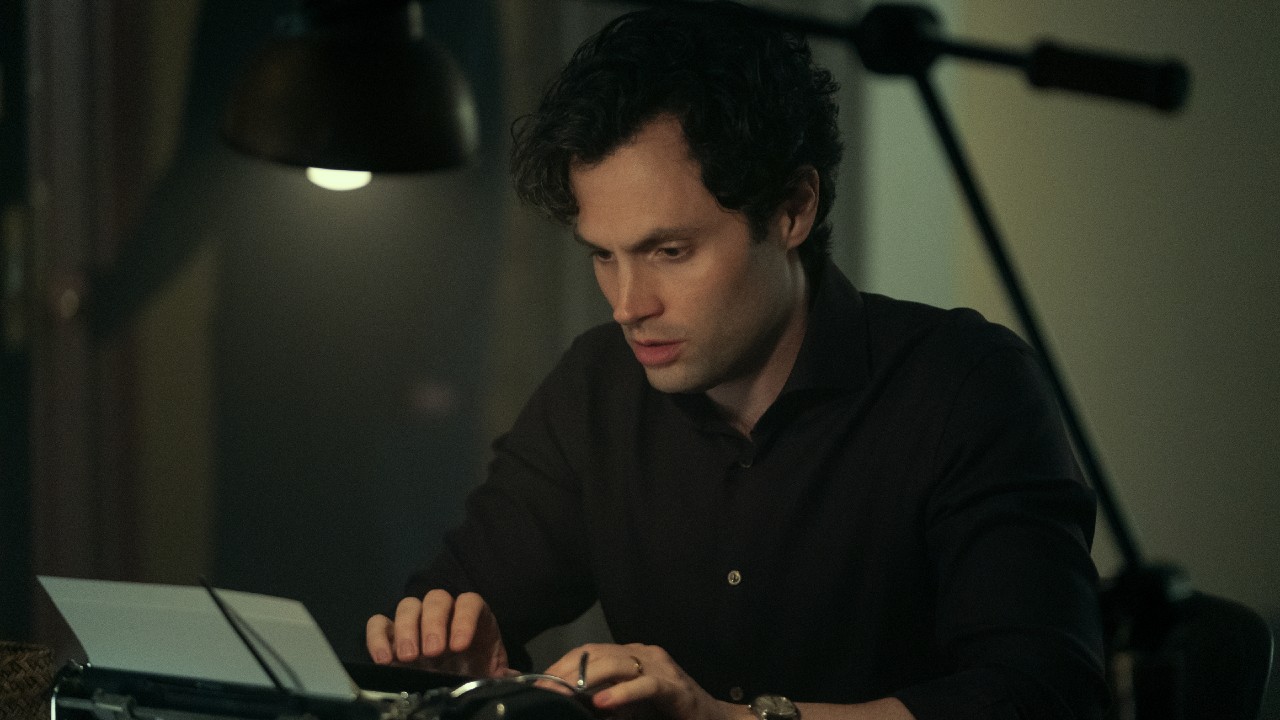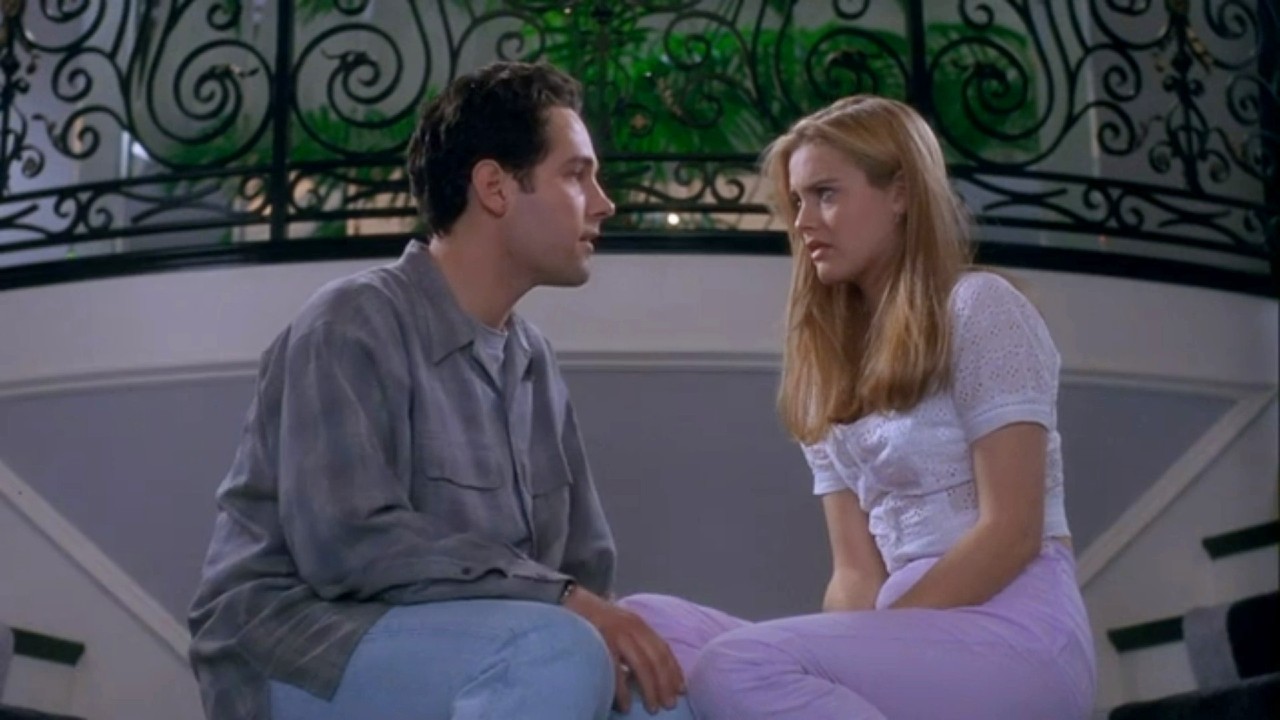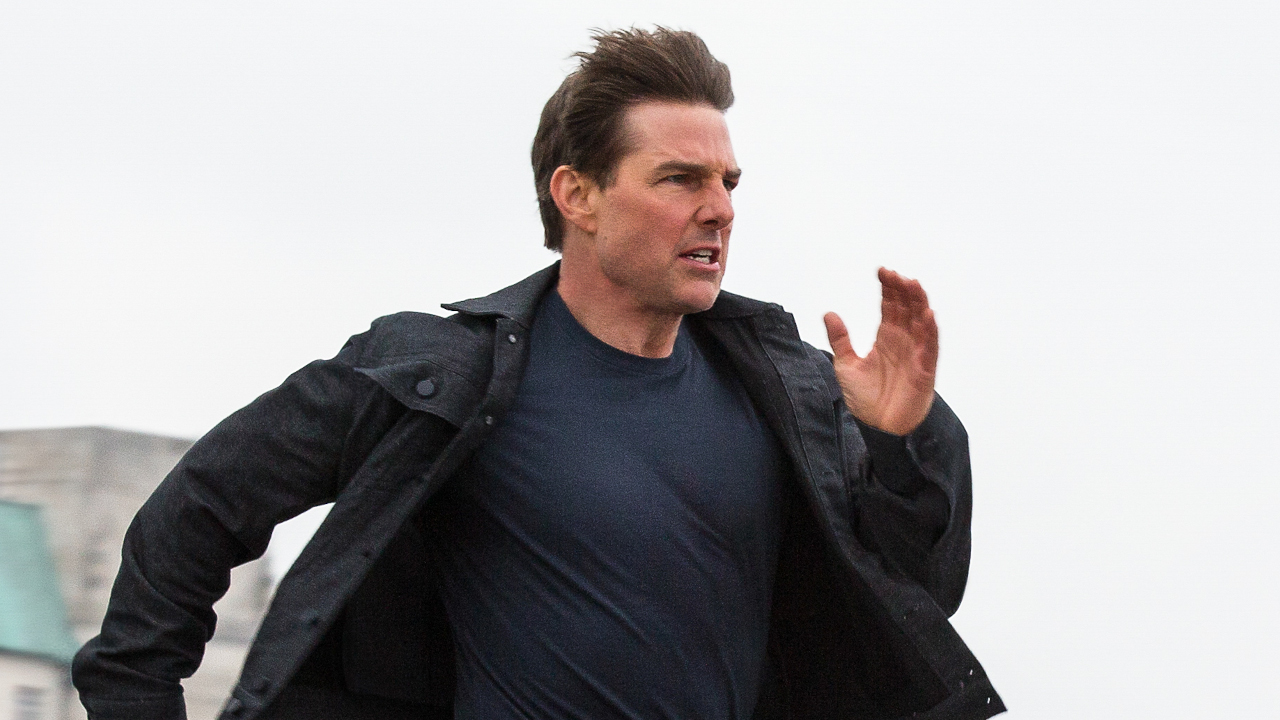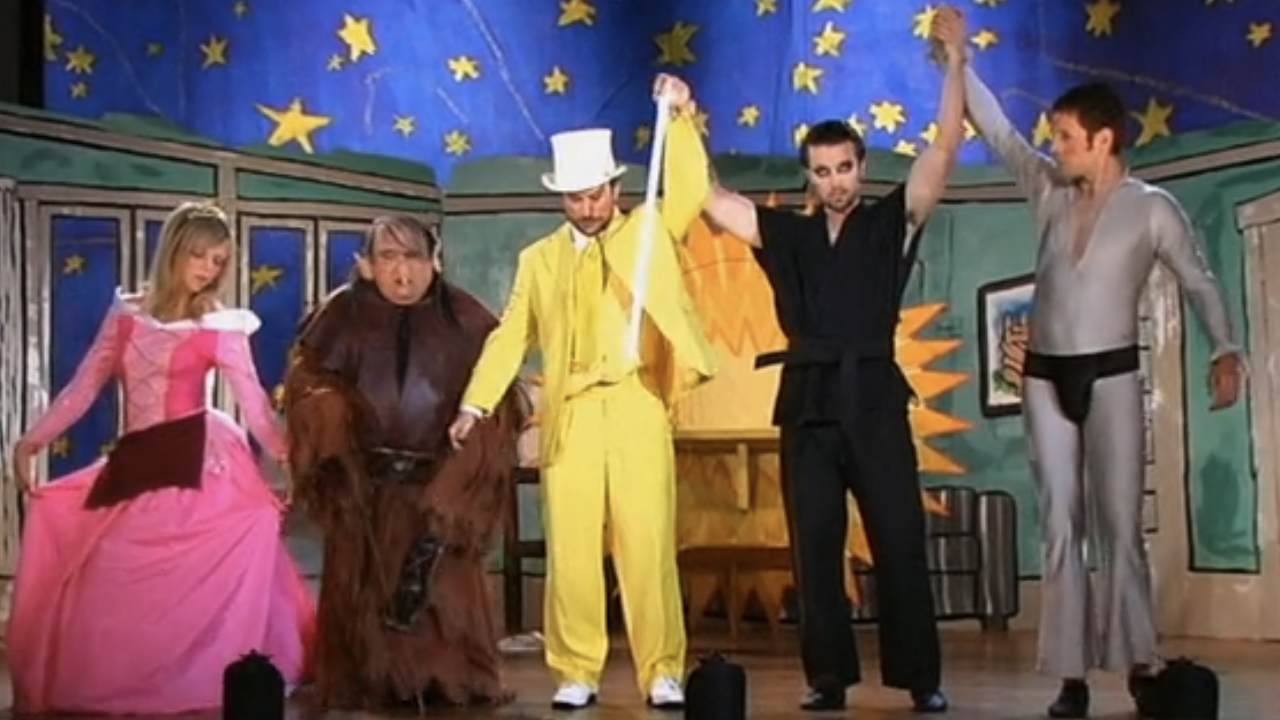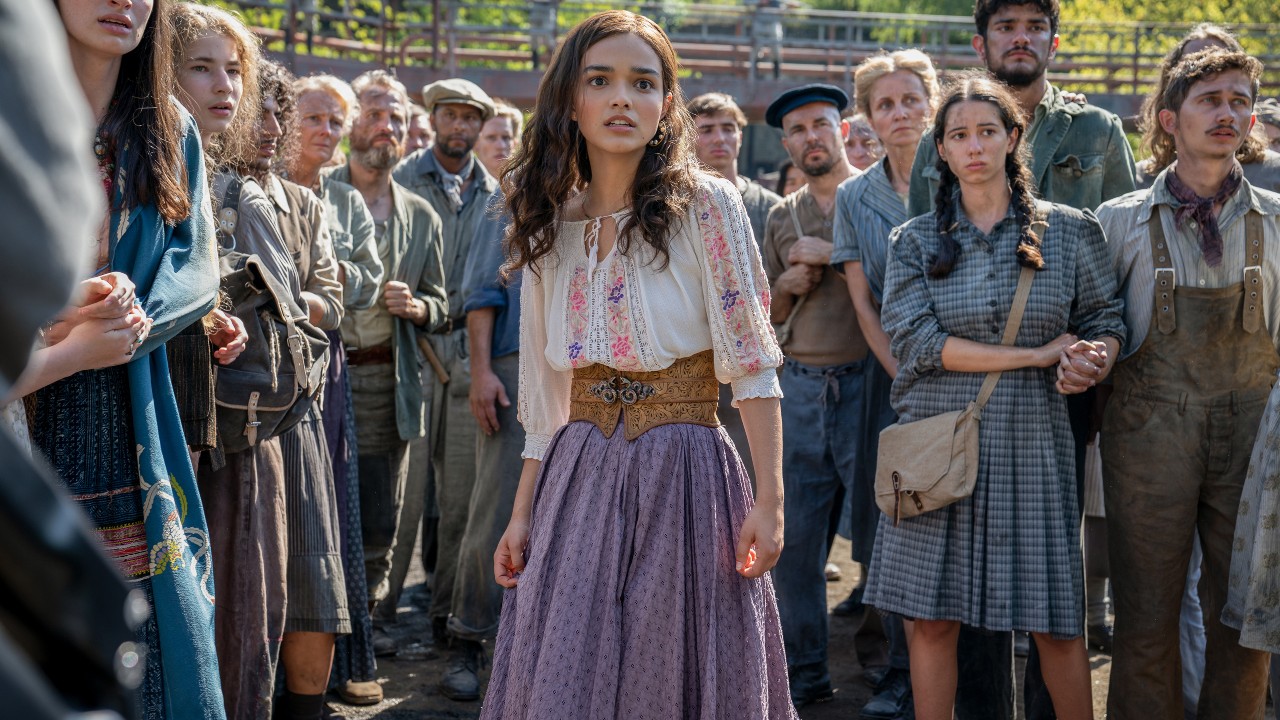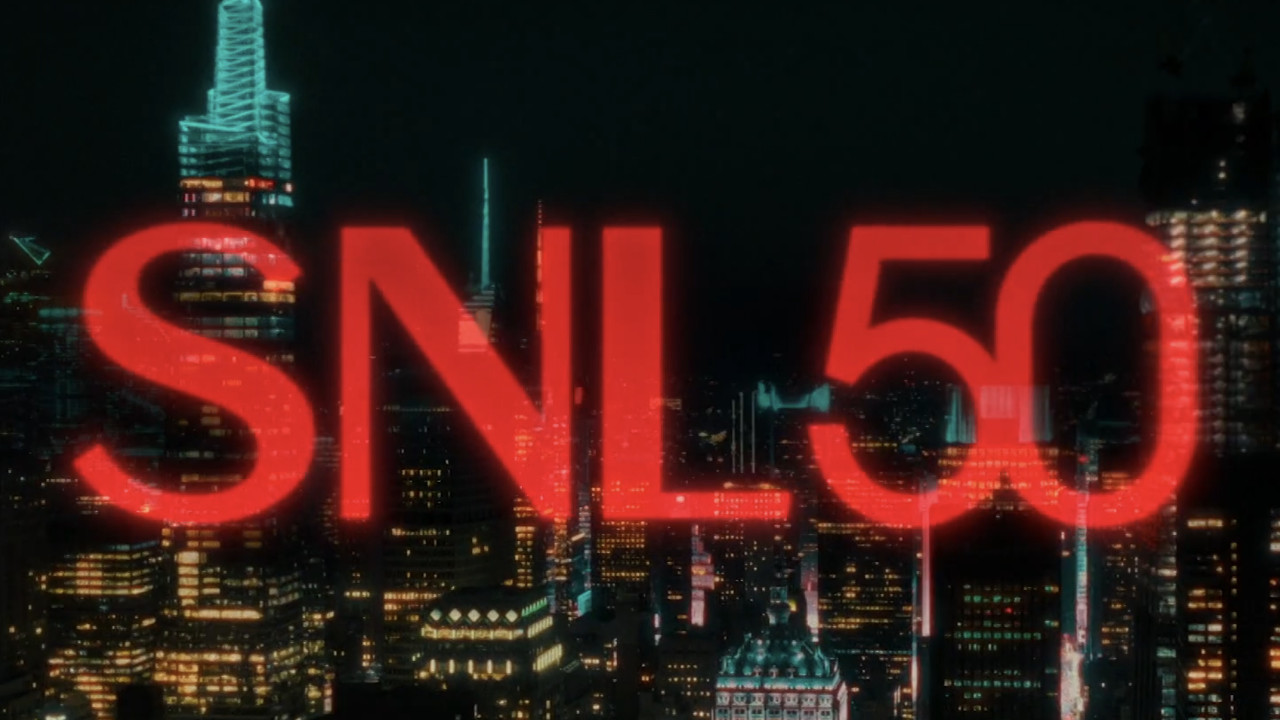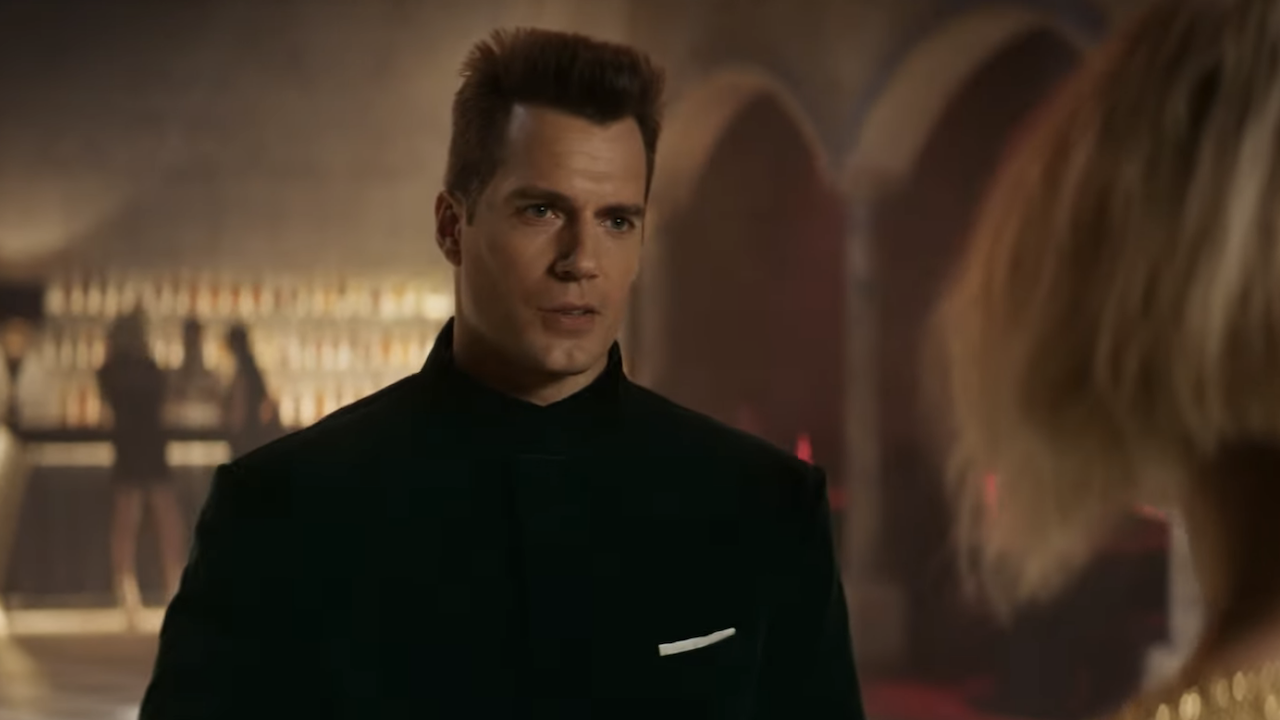Harold Ramis Taught Me What Was Funny, And Chances Are He Did The Same For You

Harold Ramis shaped my sense of humor. If you watched a movie in the 1970s, ’80s or ’90s, he shaped yours, as well.
Similarly to the way we did when Philip Seymour Hoffman recently died, many film fans began poring over the films Ramis left us with upon his own passing. And similarly to Hoffman’s, his was a staggering output of unquestionable classics. Stripes. Knocked Up. Baby Boom. Stealing Home. Freaking Ghostbusters. Any actor would sell their first-born child to have one of those films on his or her resume. Ramis had all five, and then some.
When he transitioned to directing, Ramis showed the same sense of brilliant timing and witty, mild-mannered observational humor that made him the perfect straight man to the likes of Bill Murray and Dan Aykroyd in his finest comedies. Ramis also made the best possible decisions at the exact right time on his productions: In the casting sessions. His debut film? Caddyshack, a movie about a gopher terrorizing a ritzy golf course. Yet it remains a classic because Ramis assembled possibly the funniest ensemble to that moment, and maybe since:
Ramis let funny people be funny. He understood the strengths of his actors, and gave them scenarios with which they could excel. Chevy Chase looks like your typical suburban father on the outside, though he’s hiding a viciously sarcastic and judgmental soul that can penetrate your thinnest skin. Ramis put this to incredible use in only his second directorial effort, National Lampoon’s Vacation.
Ramis’ expert use of pop songs in his productions stands out in that clip, as well.
Arguably, Ramis’ masterpiece is Groundhog Day, a brilliant comedy that casts the bemused Murray as a seen-it-all newscaster who is forced to relive the same day over and over until he figures out how to escape his state of arrested development.
Ramis got high results out of medium-concept comedies like Multiplicity, Analyze This (and its sequel), and Year One, perhaps the biggest miscalculation on the filmmaker’s resume. And his career as a director – much like the one he had before the camera – was a consistent stream of beloved and often underrated features spun by a Midwestern storyteller who knew how to entertain the masses.
CINEMABLEND NEWSLETTER
Your Daily Blend of Entertainment News
Today, however, we lost a Ghostbuster, and it’s for that reason I’ll truly mourn Ramis’ loss. His invaluable contributions to Ivan Reitman’s supernatural comedy captured the best of Ramis’ gifts in one peculiar role. Egon was the level-headed, calculated, balanced anchor to the dreamer (Aykroyd) and the skeptic (Murray) in the group. And Egon’s approach to each bizarre situation in the Ghostbusters movies reflected Ramis’ approach to comedy. Often, he would hang back, letting his co-stars chew the scenery. But he knew, in the back of his mind, exactly when it was the right moment to step forward and deliver a dry, dead-center punch line. That timing is nearly impossible to teach, and Ramis was like a well-tuned comedic clock.
Look at the way he looks around at the cell mates as they gather to hear his story. He recognizes his audience. He knows he has them in the palm of his hand. And he begins to play to them. That’s what I’m going to remember about Ramis. That’s what I’m going to miss.
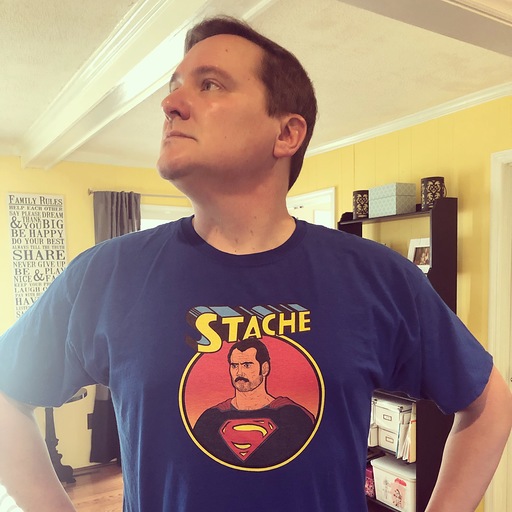
Sean O’Connell is a journalist and CinemaBlend’s Managing Editor. Having been with the site since 2011, Sean interviewed myriad directors, actors and producers, and created ReelBlend, which he proudly cohosts with Jake Hamilton and Kevin McCarthy. And he's the author of RELEASE THE SNYDER CUT, the Spider-Man history book WITH GREAT POWER, and an upcoming book about Bruce Willis.
